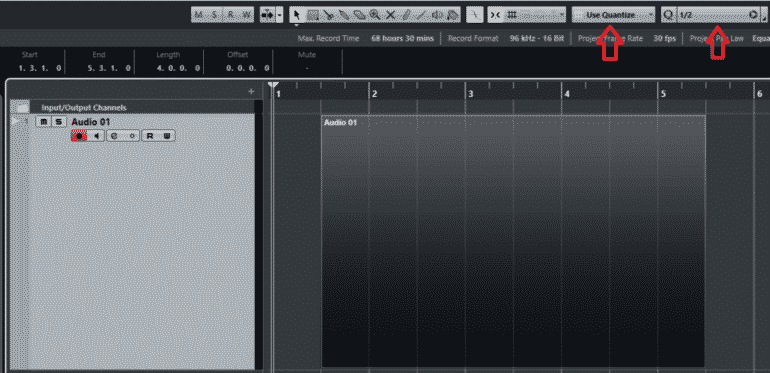
Pull down the File menu and select “Key Commands…”. To add a key command, proceed as follows: 1. This way you can quickly and easily recall customized settings, when moving projects between different computers, for example. In addition, you can save key commands settings as a “key commands file”, which is stored separately and can be imported into any project.

However, the default settings can be restored at any time by clicking the Reset All button in the Key Commands dialog. Hence, if you edit or add a key command assignment, any subsequent projects that you create or open will use these modified settings. How are key commands settings saved? Every time you edit or add any key command assignment, this is stored as a global Cubase preference – not as part of a project. This is done in the Preferences dialog – see “Setting up tool modifier keys” on page 483. keys that change the behavior of various tools when pressed. You can also assign tool modifier keys, i.e. If you want, you can customize existing key commands to your liking, and also add commands for menu items and functions that have no key command assigned. In addition, there are numerous other Cubase functions that can be performed via key commands. Most of the main menus in Cubase have key command shortcuts for certain items on the menus.
Cubase 5 shortcuts plus#
When you open a category folder by clicking the plus sign beside it, the items and functions it contains are displayed with the currently assigned key commands. /-Īdd Down: Expand/Undo selection in the Project window to the bottom/ Move selected event in the Key Editor down 1 octaveĪdd Left: Expand/Undo selection in the Project window/Key Editor to the leftĪdd Right: Expand/Undo selection in the Project window/Key Editor to the rightĪdd Up: - Expand/Undo selection in the Project window to the top/Move selected event in the Key Editor up one octave Up: Select next in the Project window/ Move selected event in the Key Editor one semitone upīottom Select bottom track in the Track list Right: Select next in the Project window/ Key Editor Left: Select next in the Project window/ Key Editor
Cubase 5 shortcuts mac os#


The only exceptions are: / - (Save), Num (Start/Stop Record), (Start/Stop Playback), Num (Jump to left locator), or (Delete), Num (Cycle on/off), (Show/Hide Transport panel), and /- (Show/Hide Virtual Keyboard). When the Virtual Keyboard is displayed, the usual key commands are blocked because they are reserved for the Virtual Keyboard. Below, the default key commands are listed according to category.


 0 kommentar(er)
0 kommentar(er)
